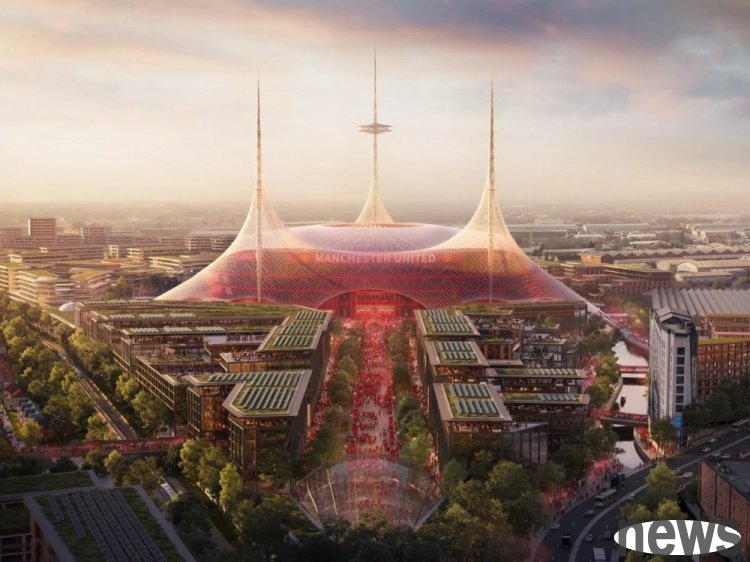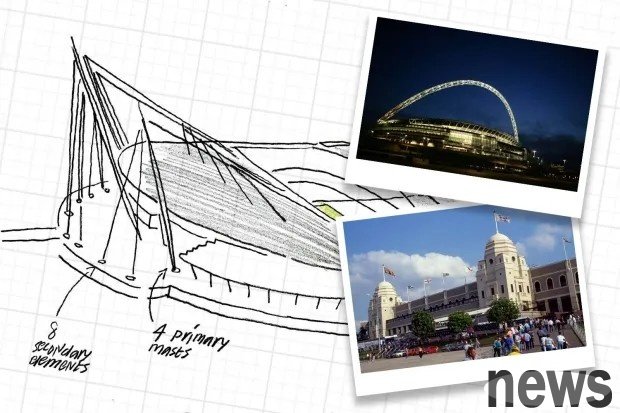
Manchester United recently announced its grand plan to spend 2 billion pounds to build the "Wembley of the North". This new stadium with a capacity of 100,000 will replace Old Trafford. Talksport wrote that the initial design of the new stadium was inspired by a design of the current Wembley Stadium that was publicly displayed but ultimately abandoned.
The iconic arch design of the new Wembley Stadium is deeply rooted in the hearts of the people, but its birth process was quite dramatic. According to the project architect, the original plan called for four huge masts to support the roof. However, at the press conference of the plan in 1999, the then England coach Kevin Keegan commented that it was "like a circus tent", which made the chief designer Norman Foster immediately realize that there was a problem with the plan.

Foster not only believes that its appearance is not good, but more importantly, the four masts will directly pass through the important hospitality area of the stadium, seriously affecting the internal space. So, one weekend after the plan was announced, the design team went through a "crazy 24 hours". Foster himself continued to draw sketches and communicate with the team, which ultimately led to the current arch design. This ingenious solution not only solves the problem of internal space, but its 133-meter height also makes it a magnificent landmark that can be seen from downtown London.
The architect also revealed other details behind the Wembley design. In order to continue the excellent sunshine conditions enjoyed by the old Wembley Stadium due to its unique east-west orientation (once praised by Pele as "the best stadium in the world"), the roof on the south side of the new stadium was designed to be retractable to ensure that the turf can receive sufficient sunlight.
In addition, the initial design must also meet the requirements for hosting track and field events. To accommodate the 2012 London Olympics, plans included a temporary athletics platform that could be erected above the stadium. This requirement makes the bowl-shaped structure of the entire stadium wider than a pure football field, and also brings great challenges to construction on a narrow site. Although the scheme was never adopted, it profoundly influenced the final form of Wembley Stadium.